The Svalbard Global Seed Vault, often referred to as the "Doomsday Vault," opened its doors to the public for a rare open day, offering a glimpse into one of humanity’s most critical scientific endeavors. Nestled deep within the Arctic permafrost on the remote Norwegian archipelago of Svalbard, this facility serves as a fail-safe storage for the world’s agricultural biodiversity. The event, held under the stark Arctic sun, drew journalists, scientists, and curious visitors eager to witness the vault’s inner workings firsthand.
The significance of the Seed Vault cannot be overstated. Designed to withstand natural and man-made disasters, it houses over a million seed samples from nearly every country on Earth. These seeds represent the genetic diversity of crops essential for global food security. The open day provided a rare opportunity to explore the vault’s frost-lined tunnels and understand its role in safeguarding the future of agriculture. For many attendees, the visit was a humbling reminder of the fragility of our food systems and the importance of preserving genetic resources.
Visitors were led through the vault’s imposing entrance, a stark concrete portal emerging from the snowy landscape. Inside, the temperature plunges to a constant -18°C, ensuring the seeds remain viable for centuries. The guides explained how the permafrost acts as a natural freezer, providing an additional layer of security should the mechanical systems fail. This failsafe design has made the Svalbard vault the ultimate insurance policy for the world’s food supply. The tour included a look at the meticulously labeled seed packets, each containing the potential to revive crops lost to war, climate change, or other catastrophes.
One of the most striking aspects of the open day was the sense of international collaboration. The vault operates on the principle that genetic diversity is a shared global heritage. Countries as diverse as Syria, the United States, and North Korea have deposited seeds here, setting aside geopolitical tensions for the sake of food security. The event highlighted stories of seed retrieval, such as when researchers from the International Center for Agricultural Research in the Dry Areas (ICARDA) withdrew seeds to rebuild collections lost during the Syrian civil war. These narratives underscored the vault’s real-world impact.
The open day also addressed the challenges facing the Seed Vault. Climate change, once considered a distant threat, has begun to affect even this remote Arctic stronghold. In 2016, melting permafrost caused water to seep into the vault’s entrance, prompting upgrades to its infrastructure. Scientists emphasized that while the vault is a vital resource, it is not a substitute for addressing the root causes of biodiversity loss. The event sparked conversations about the need for stronger conservation efforts and sustainable agricultural practices worldwide.
For many visitors, the most poignant moment came when they learned about the "black box" system governing the vault. Depositors retain ownership of their seeds, and no one but the original contributors can access them. This system ensures that nations maintain control over their genetic resources while contributing to a global safety net. The transparency and trust embedded in this model were palpable during the open day, fostering a sense of collective responsibility among attendees.
As the tour concluded, guests were invited to reflect on the broader implications of the Seed Vault’s mission. In a world grappling with climate crises, political instability, and biodiversity decline, the vault stands as a beacon of foresight and cooperation. The open day succeeded not only in demystifying this Arctic facility but also in galvanizing support for its ongoing mission. Leaving the vault, visitors carried with them a renewed appreciation for the delicate threads that bind global food security—and the importance of preserving them for generations to come.
The Svalbard Global Seed Vault open day was more than just a behind-the-scenes tour; it was a powerful reminder of what humanity can achieve when it prioritizes long-term survival over short-term gains. As the Arctic winds howled outside, the silent rows of seeds inside the mountain served as a testament to human ingenuity and a plea for continued stewardship of our planet’s precious resources.
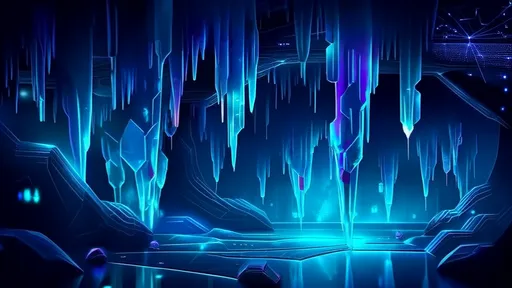
By /Jul 16, 2025
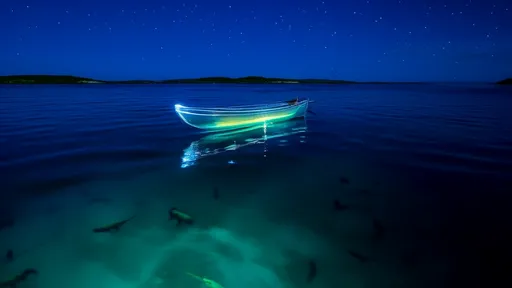
By /Jul 16, 2025
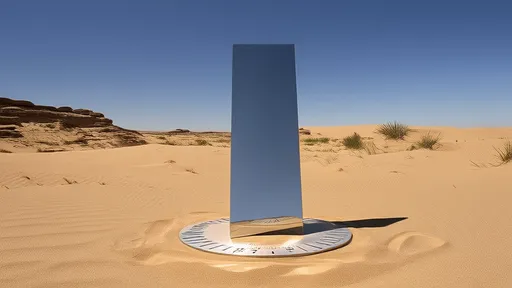
By /Jul 16, 2025
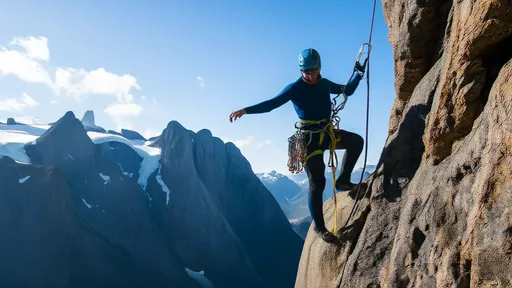
By /Jul 16, 2025
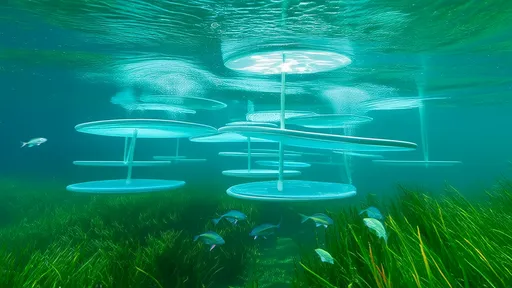
By /Jul 16, 2025
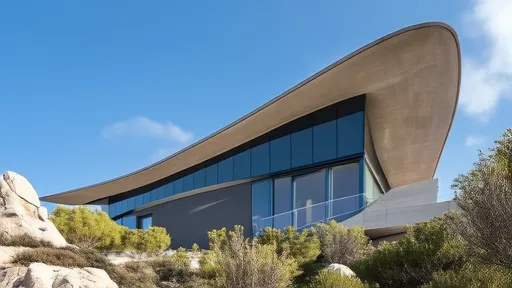
By /Jul 16, 2025

By /Jul 16, 2025
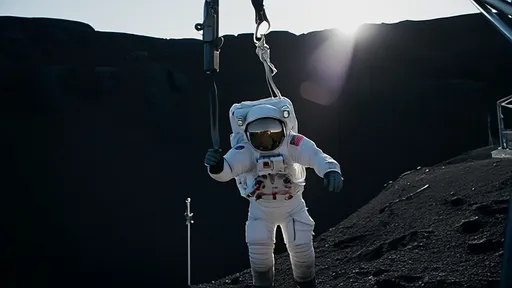
By /Jul 16, 2025
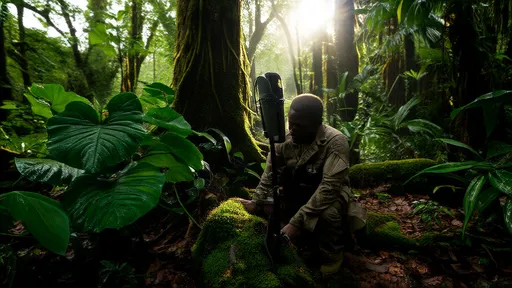
By /Jul 16, 2025

By /Jul 16, 2025

By /Jul 16, 2025
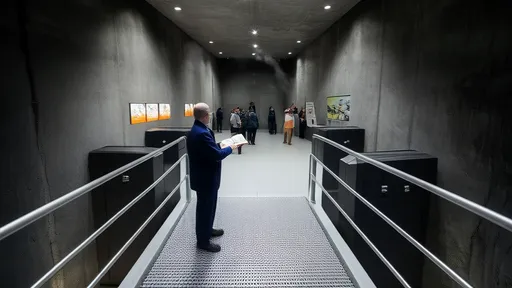
By /Jul 16, 2025
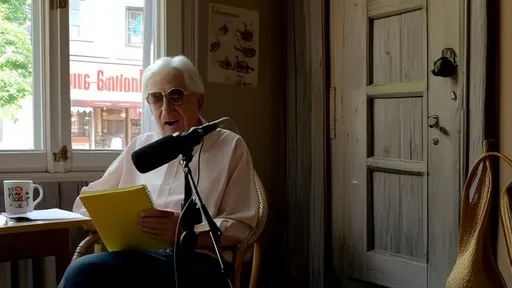
By /Jul 16, 2025

By /Jul 16, 2025
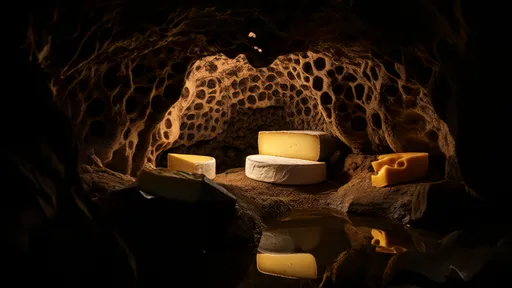
By /Jul 16, 2025
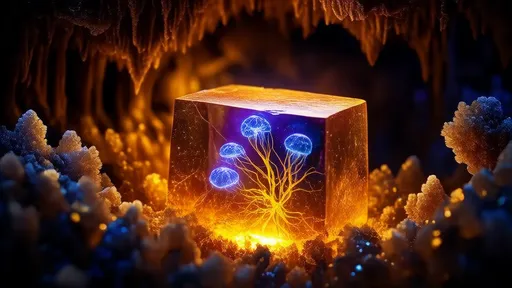
By /Jul 16, 2025
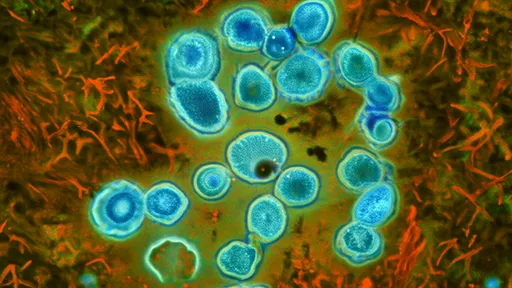
By /Jul 16, 2025
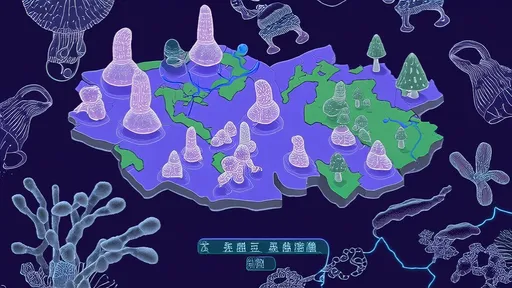
By /Jul 16, 2025